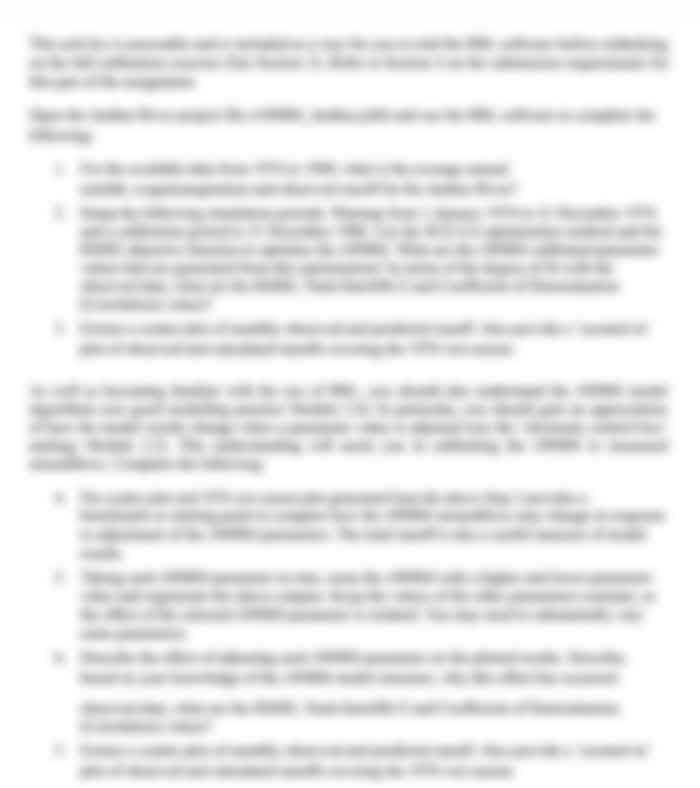Convert Word to Clean HTML Code Free Online Tool
- Subject Code :
BUSM-4466
- University :
RMIT University Exam Question Bank is not sponsored or endorsed by this college or university.
- Country :
India
 |
RMIT University School of Property, Construction and Project Management
BUSM 4466 SUSTAINABLE BUILDING DESIGN PROJECT
Assignment 1 (Individual) Sustainable Building Performance Analysis
20 marks
LEARNING OUTCOMES:
- Analyse building performance theory and apply a systems approach to formulate design solutions for sustainable projects
- Independently lead and collaborate to undertake a sustainable project, employing an integrated design process
PURPOSE OF ASSIGNMENT
Upon successful completion of this assignment, you will be able to:
- Justify and evaluate assessment criteria in a real?life project
- Apply sustainable assessment criteria in a real?life project
ASSIGNMENT TASK
The worlds built environment is responsible for 37% of global energy related greenhouse gas emissions. The building sector in Australia is responsible for one?fifth of all emissions. Through direct use of fossil fuels and fossil fuel?produced electricity, buildings have a substantial impact on the environment and long?term resource availability. Beyond environmental impact, buildings are a focal point for emerging crises related to environmental justice, affordability, health, disaster risks, and water shortages. As such, delivering net zero carbon buildings is of great importance for tackling the energy shortage and climate emergency experiencing globally today.
Shifting the paradigm from resource?intensive to regenerative buildings requires a skilled workforce of design professionals with multidisciplinary skills to apply high?performance strategies to both deep energy retrofits and new construction. This demands whole building design that addresses comprehensive building science, energy efficiency, indoor air quality, occupant experience, human health, optimized mechanical systems, embodied environmental impact, affordability, resilience, and resource conservation.
Students will analyse the energy performance of a given case study project in relation to the building construction, materials and types of glazing used. Students are to compare and analyse various building parameters of the case study project and provide explanations on how these parameters (e.g. thermal resistance R?value, thermal transmittance U?value, thermal bridging, solar heat gain coefficient SHGC, etc) impacting the energy performance of buildings.
a) Compare and analyse the heating, cooling and total energy loads of the case study project with the following external wall constructions:
? FR5?DB: Double Brick
? FT5?Mud: Mud brick
? FR5?RamEarth: Rammed Earth
? FR5?RevBV: Reverse Brick Veneer
? FR5?WB: Weatherboard
b) Compare and analyse the heating, cooling and total energy loads of the case study project external wall insulation level with the following insulation levels:
? Glass fibre batt: R3.0
? Glass fibre batt: R3.5
? Glass fibre batt: R4.0
c) Compare and analyse the heating, cooling and total energy loads of the case study project with the following window types:
? Aluminium framed double glazed
? Timber framed double glazed
d) Compare and analyse the heating and cooling loads intensity (MJ/m2) of the case study project specific rooms/spaces with the following building constructions. The rooms/spaces to be investigated are Living, Kitchen, Bedroom 2 and Bedroom 3. Recommend minimum 2 strategies/methods on how to improve the energy performance in these rooms for each construction types:
? FR5?RevBV: Reverse Brick Veneer, Aluminium framed double glazed, Glass fibre batt: R3.5 (external wall)
? FR5?WB: Weatherboard, Aluminium framed double glazed, Glass fibre batt: R3.5 (external wall)
The report should be developed with a structure as follows:
- Title page (including the topic, student ID and student name)
- Table of Contents
- Introduction
- Building performance analysis
- Comparison and reviews of the case study project in relation to various building constructions
- References
- Appendix (If any)
FORMAT OF ASSIGNMENT
The report should be around 10?12 pages. Word count ? roughly 2,500 words excluding references.
ASSESSMENT SUBMISSION
Report has to be submitted by 11: 59 pm on 23rd March 2025.
ASSESSMENT CRITERIA
The key criterion is that the report is developed to reflect the case context. Specifically, this translates into the following grading criteria:
No |
Criteria |
Grade distribution |
1 |
Building performance comparisons |
5 |
2 |
Building performance analysis |
12 |
3 |
Report Structure |
3 |
Total |
20 |
Referencing
Reference all your sources using the Harvard referencing style as described on the RMIT website: http://www.rmit.edu.au/library/referencing
If you are unsure as to how to structure your report, the following link provides some useful guidance: https://emedia.rmit.edu.au/learninglab/content/reports?0
Submission
This task is to be submitted in accordance with the University submissions policy. Submissions must be made by the due date via Canvas. You must include the following authorisation statement at the start of your submitted assessment:
I declare that in submitting all work for this assessment I have read, understood and agree to the content and expectations of the Assessment Declaration.
Further information about the assessment declaration can be found here http://www1.rmit.edu.au/browse;ID=86ykbmvidt5h
The policies associated with requests for extension and special consideration can be found at the link below. Please ask the course lecturer if you are in doubt regarding the policy.
https://www.rmit.edu.au/students/student?essentials/assessment?and?exams/assessment
Academic Integrity
Students are reminded that cheating, whether by fabrication, falsification of data, or plagiarism, is an offence subject to University disciplinary procedures. Plagiarism in written submissions is not acceptable. It is also an offence for students to allow their work to be plagiarised by another student or to include names of colleagues/team members who did not contribute to the project.
Remember to always provide full citation of the reference material used throughout your submission. Details of the University policy regarding academic integrity can be found at the following link:
http://www.rmit.edu.au/students/academic?integrity
BUSM 4466 ASSIGNMENT 1 RUBRICS
Criteria |
Grades |
||||
High Distinction (80?100%) |
Distinction (70?79%) |
Credit (60?69%) |
Pass (50?59%) |
Fail (0?49%) |
|
Building performance comparisons |
Excellent reviews and comparisons of the building performance. |
Very good reviews and comparisons of the building performance. |
Good reviews and comparisons of the building performance. |
Adequate reviews and comparisons of the building performance. |
Lack of reviews of the building performance. |
Building performance analysis |
Excellent analysis of the building performance. Thorough understanding of the |
Very good analysis of the building performance. Very good understanding of the parameters affecting |
Good analysis of the building performance. Good understanding of the parameters affecting the |
Adequate analysis of the building performance. Adequate understanding of the parameters affecting |
Lack of analysis of the building performance. Lack of understanding of the |
parameters affecting the |
the criteria. |
criteria. |
the criteria. |
parameters affecting |
|
criteria. |
the criteria. |
||||
Report Structure |
Outstanding level of coherence and superior use of well?chosen resources and supporting materials. |
Coherent structure throughout and appropriate communication of insights and content. |
Structure is coherent overall and generally competent and appropriate use of |
Structure coherent is minimal and basic use of resources and supporting materials. |
Lack of coherent structure and lack of resources and supporting materials. |
Comprehensive use of |
resources and supporting |
||||
resources and supporting |
materials. |
||||
materials. |
|||||

